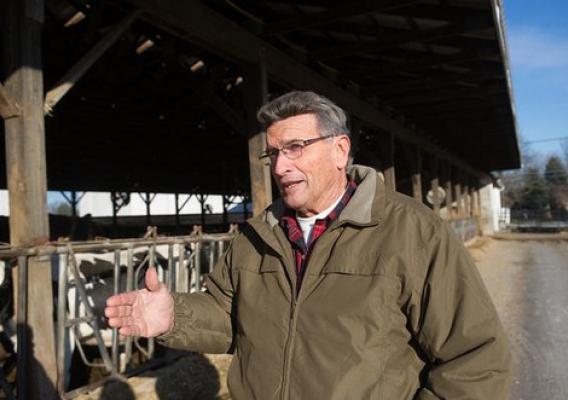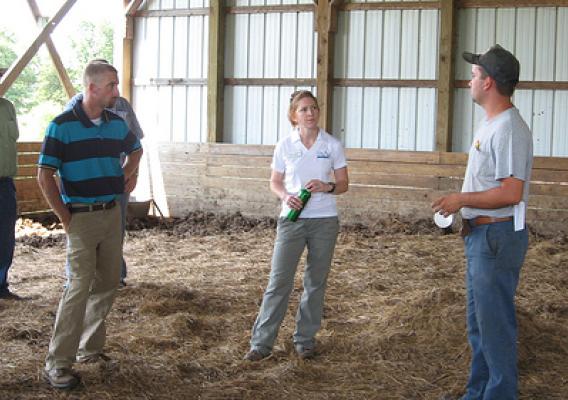The Farm Credit Council, the trade organization for the farmer-owned Farm Credit System, was recently awarded a grant by the Risk Management Agency to produce written and web-based material using case studies to explain how local food systems work in the real world of business and economics, called the “Field Guide to the New American Foodshed.” With this field guide, beginning farmers, ranchers and entrepreneurs will be able to identify different food system business models as they come across them, along with detailed explanations of their business structures and related resources.
Most farm business advisors that are readily available are often very familiar with traditional commodity agriculture. But many beginning farmers and ranchers (BFRs) are serving markets that are often found outside of national and international commodity markets. In addition, many BFR operations are often located near metropolitan areas where there are fewer financial service providers familiar with the workings of an agricultural operation.





